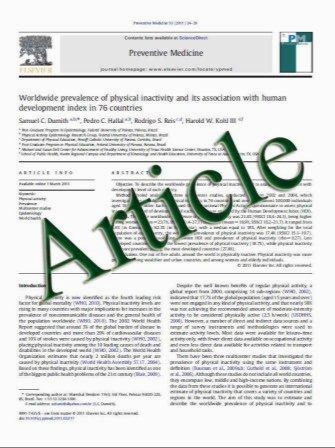Paroxysmal nocturnal hemoglobinuria (PNH): higher sensitivity and validity in diagnosis and serial monitoring by flow cytometric analysis of reticulocytes
- نوع فایل : کتاب
- زبان : انگلیسی
- مؤلف : Britta Hِchsmann & Markus Rojewski & Hubert Schrezenmeier
- چاپ و سال / کشور: 2011
Description
Flow cytometric analysis of GPI-anchored proteins (GPI-AP) is the gold standard for diagnosis of paroxysmal nocturnal hemoglobinuria (PNH). Due to therapy options and the relevance of GPI-deficient clones for prognosis in aplastic anaemia detection of PNH is gaining importance. However, no generally accepted standard has been established. This study analysed the usefulness of a flow cytometric panel with CD58, CD59 on reticulocytes and erythrocytes, CD24/CD66b and CD16, FLAER on granulocytes and CD14, and CD48 on monocytes. Actual cut-off (mean+2 SD) for GPI-deficient cells was established in healthy blood donors. We studied 1,296 flow cytometric results of 803 patients. Serial monitoring was analysed during a median follow-up of 1,039 days in 155 patients. Of all, 22% and 48% of 155 follow-up patients. showed significant GPI-AP-deficiency at time of initial analyses. During follow-up in 9%, a new PNH diagnosis, and in 28%, a significant change of size or lineage involvement was demonstrated. Highly significant correlations for GPI-AP deficiency were found within one cell lineage (r2=0.61–0.95, p<0.0001) and between the different cell lineages (r2=0.49–0.88, p<0.0001). Especially for detection of small GPI-deficient populations, reticulocytes and monocytes proved to be sensitive diagnostic tools. Our data showed superiority of reticulocyte analyses compared with erythrocyte analyses due to transfusion and hemolysis independency especially in cases with small GPI-deficient populations. In conclusion, a screening panel of at least two different GPI-AP markers on granulocytes, erythrocytes, and reticulocytes provides a simple and rapid method to detect even small GPI-deficient populations. Among the markers in our panel, CD58 and CD59 on reticulocytes, CD24/66b, and eventually FLAER on granulocytes as well as CD14 on monocytes were most effective for flow cytometric diagnosis of GPI deficiency.
Ann Hematol (2011) 90:887–899 DOI 10.1007/s00277-011-1177-4 Received: 8 July 2010 / Accepted: 31 January 2011 / Published online: 26 February 2011


